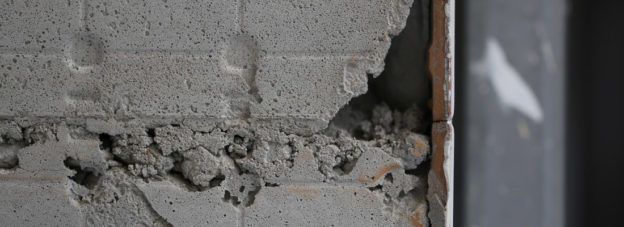In McMillin Albany LLC v. Superior Court, 2018 Cal. LEXIS 211 (Jan. 18, 2018), the Supreme Court of California addressed the question of whether California’s Right to Repair Act (Act), Civ. Code §§ 895-945.5, applies to claims where the plaintiff alleges that construction defects caused property damage. The court held that the Act – which applies to original construction intended to be sold as an individual dwelling unit – supplanted common law negligence and strict liability actions with a statutory claim under the Act. Thus, where the Act applies, the Act provides the exclusive remedy for plaintiffs seeking to recover for property damages arising from construction defects.
In McMillin, Carl and Sandra Van Tassel and several dozen other homeowners (collectively, the Van Tassels) purchased single family homes from McMillin Albany LLC (McMillin). In 2013, the Van Tassels sued McMillin, alleging construction defects related to the foundations, plumbing, electrical systems, roofs, windows, floors and chimneys of their homes. Their complaint included common law claims for negligence, strict liability, breach of contract, breach of warranty and a statutory claim for violation of the construction standards set forth in section 896 of the Act. In addition, their complaint alleged that the construction defects caused property damage to their homes as well as economic loss due to the cost of repairs and a reduction in the value of the homes.
After the Van Tassels filed their complaint, McMillin sought a stay of the litigation so that the parties could proceed using the informal dispute resolution procedures contemplated by the Act. In response, the Van Tassels dismissed their section 896 claims, causing McMillin to file a motion for a court-ordered stay. In their response to McMillin’s motion, the Van Tassels argued that, because they dropped their claims under the Act and the Act did not alter preexisting common law remedies in cases where actual property damage or personal injury resulted, the Act’s informal pre-litigation process no longer applied. Although the trial court denied the stay, the 5th District Court of Appeal reversed and granted the stay, concluding that the Act, at least partially, supplanted common law remedies in cases where property damage occurred. Thus, the Court of Appeal held that the Act’s pre-litigation resolution process applied even though the Van Tassels had dismissed their claims under the Act.
On further appeal, the Supreme Court of California, after recognizing that the Act’s terms apply to construction defect claims where the plaintiff seeks to recover economic losses, considered whether the Act’s terms apply to construction defect claims where the plaintiff seeks to recover property damages. The court held that, while the Act leaves the common law undisturbed in some areas, “expressly preserving actions for breach of contract, fraud, and personal injury,” the Act foreclosed common law causes of action for property damage caused by construction defects. Thus, the court held that the Act displaced common law construction defect claims for property damage and replaced them with a statutory cause of action with a mandatory pre-litigation process.
Although the court held that the Act applies to property damage claims, it recognized that its holding did not decide, definitively, how the Act’s provisions apply to cases involving defects that create sudden losses requiring emergency repairs. The court did, however, provide guidance to claimants and builders with respect to their duties and responsibilities related to providing notice and making emergency repairs.
As noted by the court, although the Act has formal notice requirements, these requirements should not be read in isolation. Thus, the court stated that a homeowner’s failure to give formal written notice before taking other action may be excused in circumstances where the homeowner has acted reasonably to mitigate losses and has provided informal notice, and subsequent written notice, in a manner that is as timely and effective as reasonably practicable under the circumstances. Similarly, with respect to a builder’s obligations, while the court noted that the Act establishes various maximum time periods in which a builder may respond to a notice, inspect the premises, offer to repair defects and to commence repairs, a builder who learns of a situation requiring immediate repairs but avails itself of the maximum time periods available under the Act does so at its peril. A builder drags its feet at its peril because, under the Act, the builder remains liable for damage caused by the builder’s untimely or inadequate response to a homeowner’s claim. As noted by the court, the Act does “not necessarily insulate a builder from damages when the builder has failed to take remedial action as promptly as is reasonable under the circumstances.”
Based on McMillian, if the residential dwelling at issue is subject to the Act, subrogation professionals pursuing damages arising from construction defects should comply with the Act’s pre-litigation procedures when the defects cause property damage and where the purported defects cause economic loss. In situations where the alleged defects cause sudden or catastrophic losses requiring emergency repairs, subrogating insurers, homeowners and builders should comply with the Act’s procedures as promptly as is reasonable under the circumstances. It remains to be seen how courts will interpret – based on the circumstances of various cases – this reasonableness standard in the future.

